Genesis G80: forward-thinking luxury in a classically cut suit
While we await an EV version later in 2022, the Genesis G80 is a traditional luxury saloon free from the burdens of branding and heritage
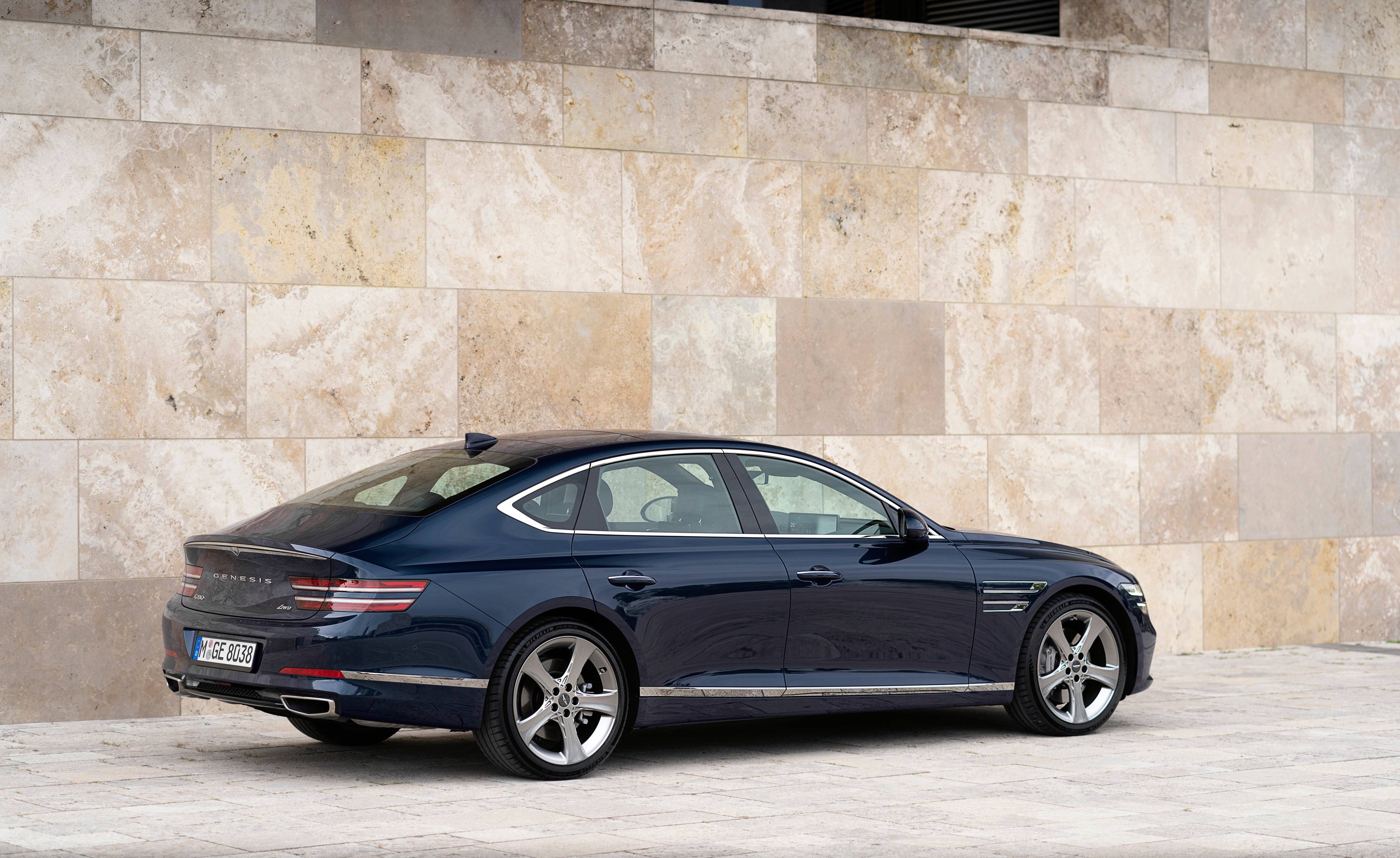
The Genesis G80 proves that the traditional luxury saloon is still a going concern. The G80 is Genesis’ flagship model and doesn’t pretend to be anything other than a plutocratic conveyance for the modern age, free from the burdens of branding and heritage. Genesis is no longer a newcomer, having been founded in 2010 as a high-end spin-off from Hyundai, but it is a relatively fresh face in the European market. The G80 made its UK debut in summer 2021, available as a petrol and diesel model ahead of an EV version due for launch later this year.

What does a blank slate give you? Genesis’ design team, now led by former VW Group stalwart Luc Donckerwolke, has overseen a family of handsome machines, this G80 saloon, the GV80 SUV, the mid-size G70 saloon, GV70 SUV and G70 Shooting Brake. Still to come is the aforementioned G80 Electrified, and the GV60, a pure EV that shares its platform with Hyundai’s excellent Ioniq 5 and the Kia EV6.

Of this line-up, the G70 is perhaps the most traditional, following a convention established many decades ago: bonnet, passenger compartment, trunk.
As it’s the ‘premium’ model, the G80 has licence to be physically large, which helps with the proportions. In fact, the G80 eschews the conventional three-box shape in favour of a sleeker, fastback look of the kind popularised by Audi’s original A7 and continued into that car’s second generation. Fastbacks are few and far between, but they represent a visually satisfying compromise between saloon and estate – the latter is presumably considered ‘not serious’ enough for business types.
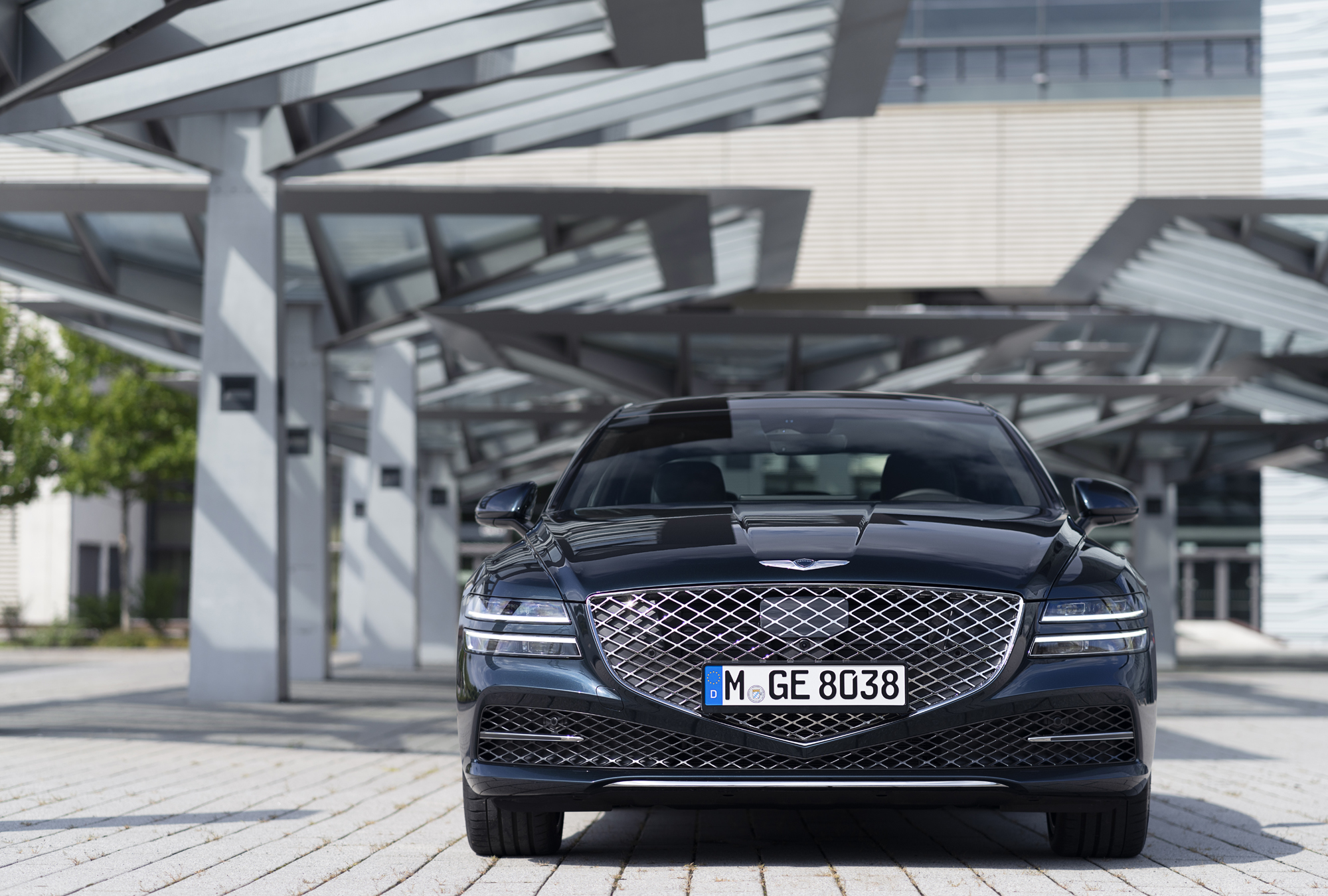
Scale also plays a part in the Genesis grille, which is, not to put too fine a point on it, somewhat overblown. Admittedly it gives the brand presence, with its bold crosshatch pattern and diamond form, but it’s also a little retrograde in this era of EV ascendancy.
Given that Genesis itself has ditched the traditional grille from the forthcoming GV60, the G80 can’t help but look a little old-fashioned from the outset. ‘Classic’, if we’re being kind.
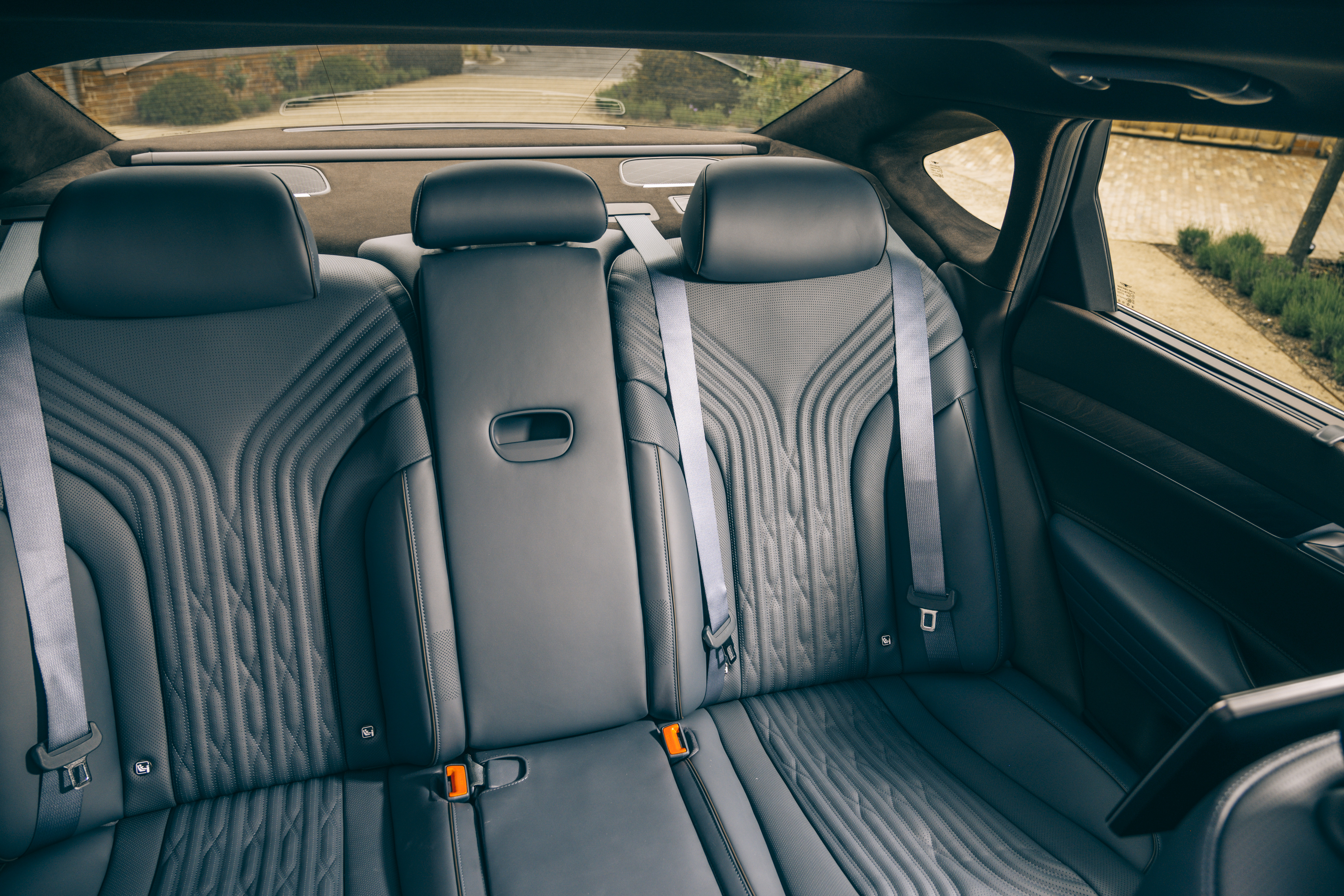
The handsome lines just about make up for it, and the rest of the detailing is very much on point. The slim, stacked headlights are mirrored by a similar arrangement at the rear, and the chrome detailing at the base of the doors rises subtly as it runs along the length of the car.
Receive our daily digest of inspiration, escapism and design stories from around the world direct to your inbox.
Combined with the rakish rear screen and kicked-up tail, the G80 has a pleasingly tapered shape that’s more reminiscent of 1970s era muscle car than the stately conservatism of ICE offerings from Mercedes and Audi.

Inside, the cabin offers a satisfying alternative to the screen-fest of other brands. That’s not to say there aren’t screens – a large central 14.5in HD screen handles infotainment, while behind the wheel there’s a 12.3in TFT instrument cluster, complete with a 3D display function – but they don’t seem to dominate the cabin quite so much. The big screen is just too far away to be effectively navigated by hand, meaning you have to rely on the clever dial interface above the gear selector. This pad will also recognise handwritten inputs, a slightly moot point for right-handed users of right-handed cars. Other oft-used functions are sensibly given their own dials and buttons, not buried under layers of menus, and yet there’s still space left over for a big sweep of open-pore wood.
In keeping with the precedent set by Hyundai and Kia, there aren’t many option boxes to check, as almost every piece of kit is included as standard. There is an ‘Executive Package’ for those who want the rear seats heated and cooled, along with soft-close doors.
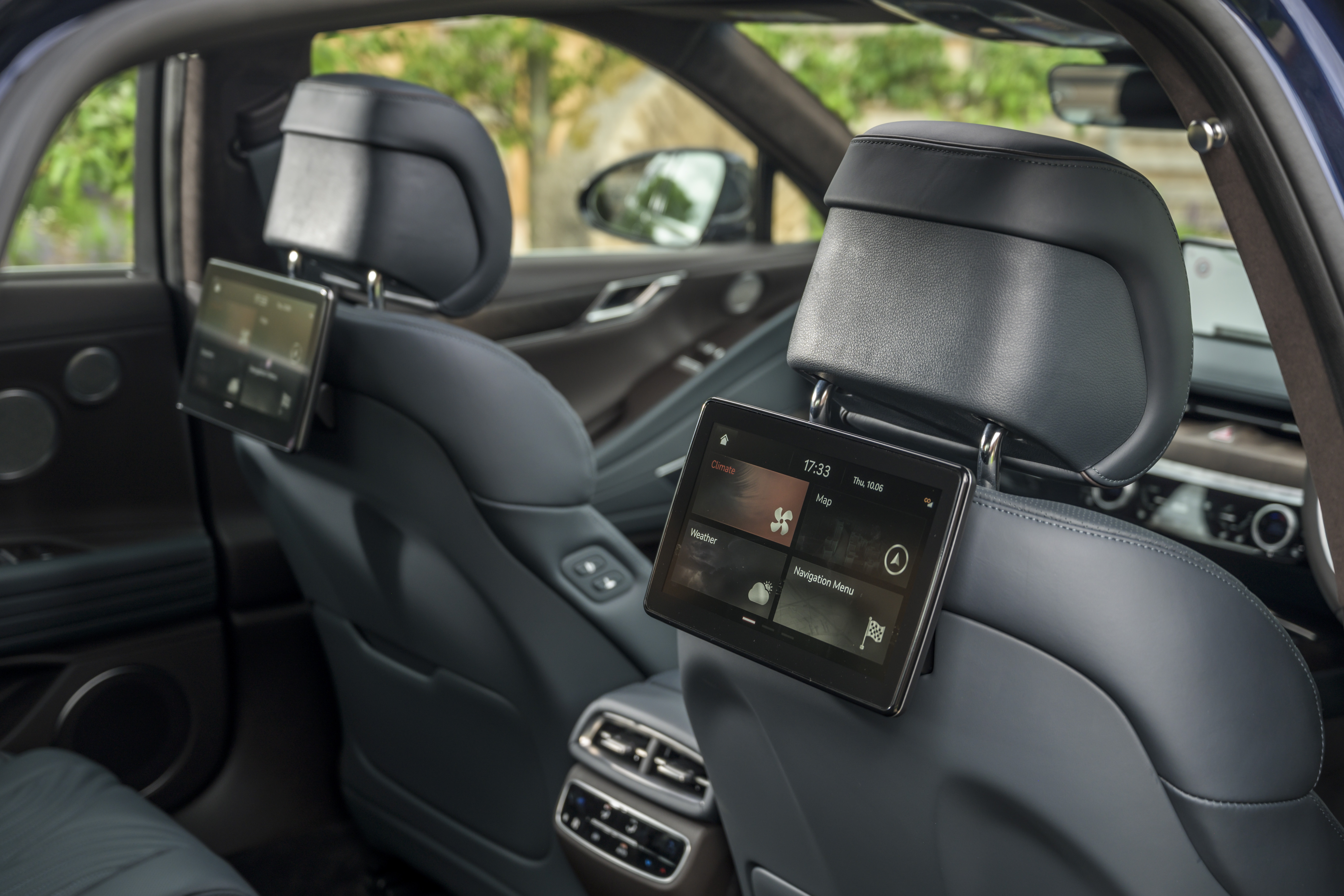
On the road the big G80 hustles itself along with near electric levels of hush. The company is keen to point out that the car has been dynamically honed on Germany’s famous Nürburgring circuit, although these days practically every new vehicle gets hustled around this 20km track as part of its ‘dynamic development’.
All you need to know – whether you’re driving or being driven – is that the G80 is a blessing for the brand agnostic, offering up practically everything you’d expect in a car with a better-known badge.

Ownership isn’t everything, as the luxury manufacturers are starting to discover. Spurred on by the likes of Polestar, the South Korean company has also announced a new subscription service, Genesis Flexibility, that offers all-inclusive monthly payments for every model in the range. Typically, such services are pitched at EV buyers, so whether it will lure more traditional types to the brand remains to be seen, especially when the elephant in the room is the absence of any form of electrification.
One of the G80’s little party tricks is the ability to move the car back and forth from outside, using the key fob as a simple remote control. Presumably, this will help you squeeze into tight parking spots, but it feels a bit awkward to fire up a 2.5-litre engine for the sake of moving a 5m vehicle just a few centimetres. Roll on the G80 Electrified.
INFORMATION
Genesis G80, from £37,460
Jonathan Bell has written for Wallpaper* magazine since 1999, covering everything from architecture and transport design to books, tech and graphic design. He is now the magazine’s Transport and Technology Editor. Jonathan has written and edited 15 books, including Concept Car Design, 21st Century House, and The New Modern House. He is also the host of Wallpaper’s first podcast.
-
 In BDSM biker romance ‘Pillion’, clothes become a medium for ‘fantasy and fetishism’
In BDSM biker romance ‘Pillion’, clothes become a medium for ‘fantasy and fetishism’Costume designer Grace Snell breaks down the leather-heavy wardrobe for the Alexander Skarsgård-starring Pillion, which traces a dom/sub relationship between a shy parking attendant and a biker
-
 Tour Aflalo’s first retail space, a gallery-like studio in New York
Tour Aflalo’s first retail space, a gallery-like studio in New YorkLight-filled and elegant, Aflalo has opened its first retail space in a classic Soho loft, reimagined by Nordic Knots Studio
-
 This Toronto pizzeria hides a sultry bar with serious bite
This Toronto pizzeria hides a sultry bar with serious biteNorth of Brooklyn unveils a fresh, two-level outpost where crisp, light-filled minimalism gives way to a warmer, neon-lit upstairs area
-
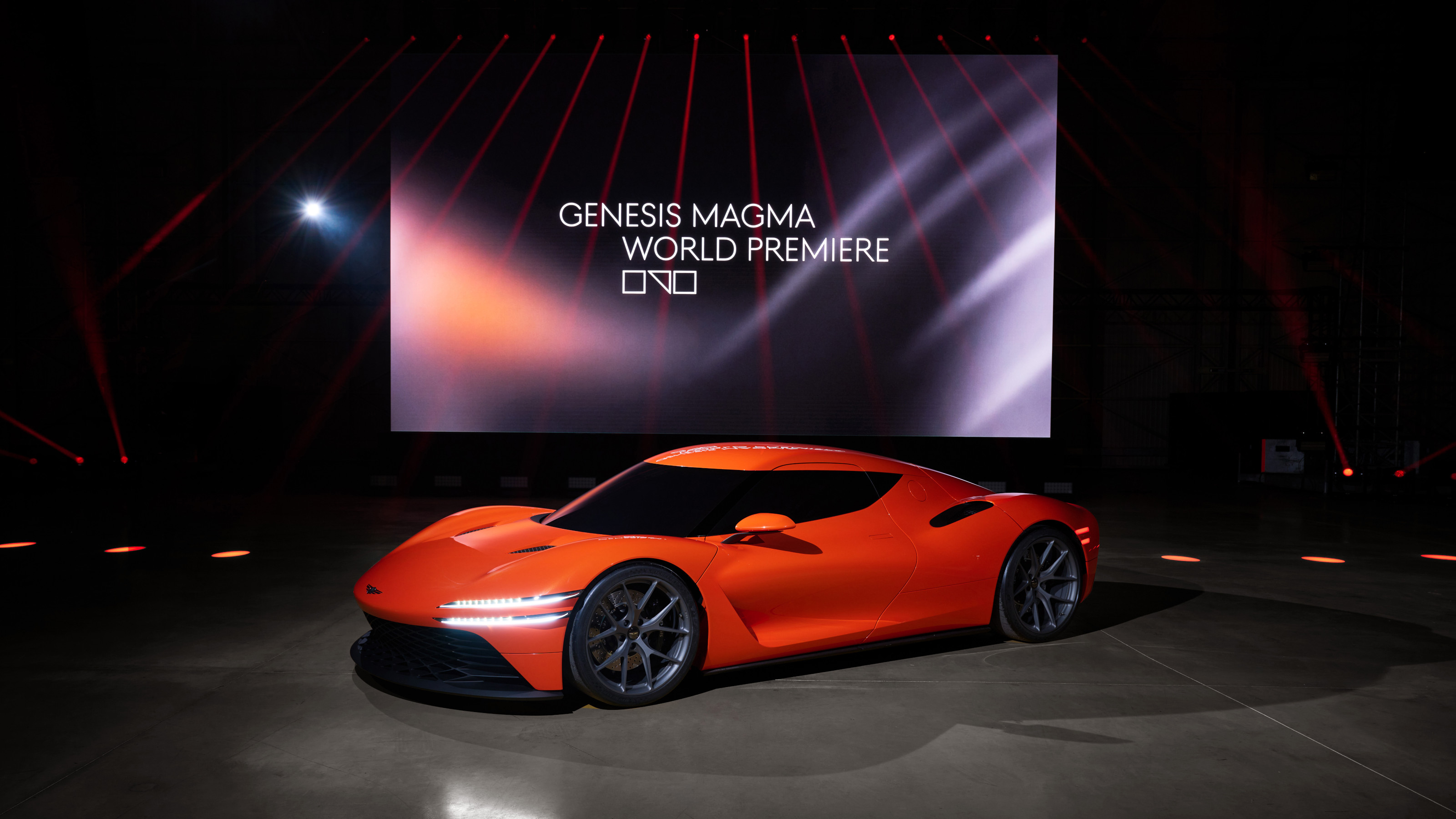 Genesis turns up the heat with its new Magma performance sub-brand
Genesis turns up the heat with its new Magma performance sub-brandGenesis has revealed the hot new GV60 Magma and striking Magma GT Concept in its quest to own luxury performance
-
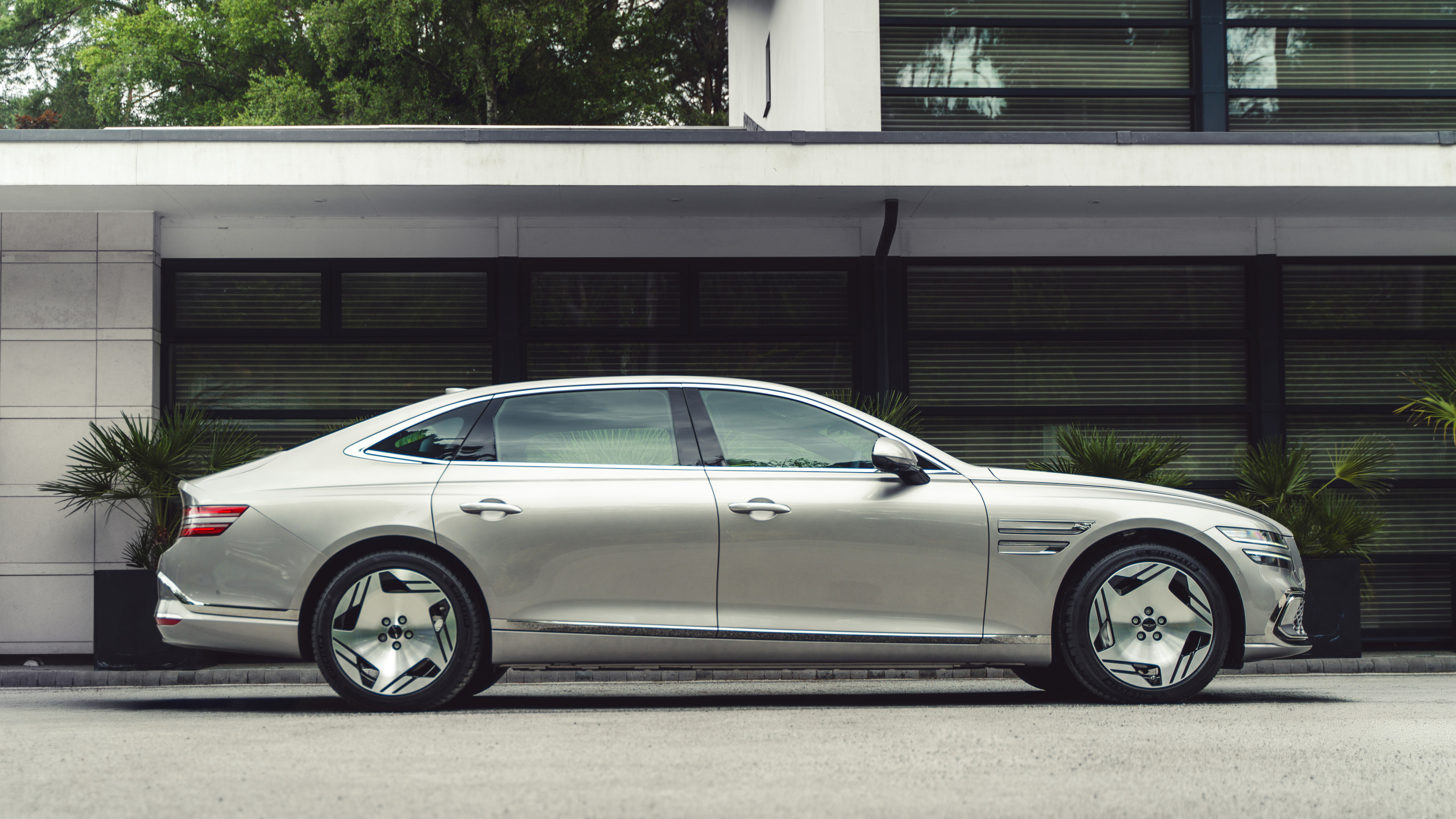 Genesis adds electrification to the G80 and favours long-limbed, chauffeur-loving owners
Genesis adds electrification to the G80 and favours long-limbed, chauffeur-loving ownersThe Electrified G80 is Genesis’s flagship model, a refined EV saloon that brings Bentley-level refinement without costing the earth
-
 Our pick of the reveals at the 2025 New York Auto Show, from concept SUVs to new EVs
Our pick of the reveals at the 2025 New York Auto Show, from concept SUVs to new EVsInterest in overseas brands remained strong at this year’s NY Auto Show despite the threat of tariffs designed to boost American-owned brands
-
 Davos 2025: Genesis goes all-out on outdoor machismo with this extreme sport support vehicle concept
Davos 2025: Genesis goes all-out on outdoor machismo with this extreme sport support vehicle conceptPresented to the World Economic Forum at Davos, the Mountain Intervention Vehicle Concept is a wild transformation of the Genesis GV60 into a tracked rescue vehicle
-
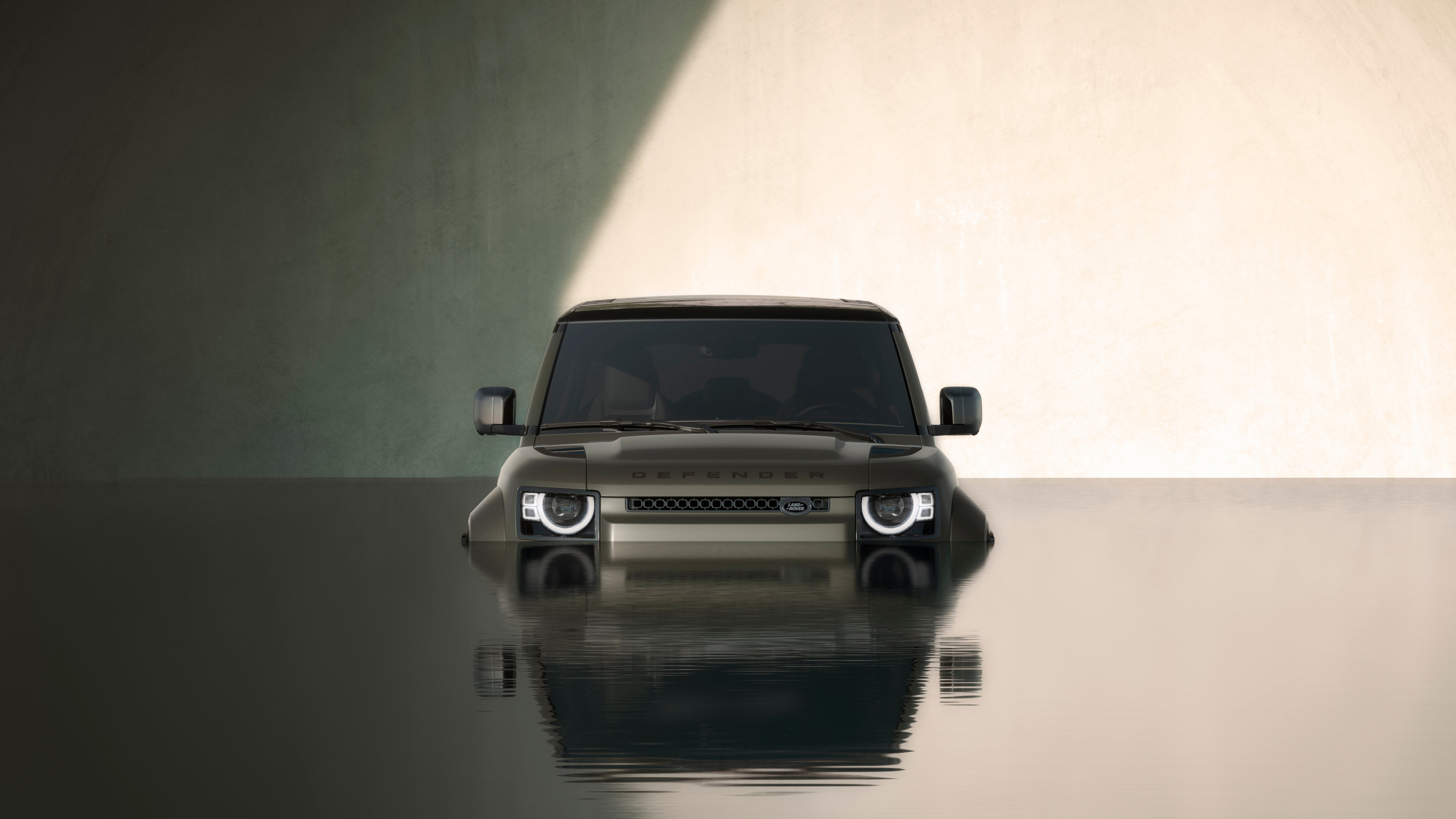 The 2024 Goodwood Festival of Speed hosted a wealth of auto innovation, from hypercars to hot hatches
The 2024 Goodwood Festival of Speed hosted a wealth of auto innovation, from hypercars to hot hatchesThe best new SUVs, EVs, hatchbacks and supercars to emerge from the 2024 Goodwood Festival of Speed
-
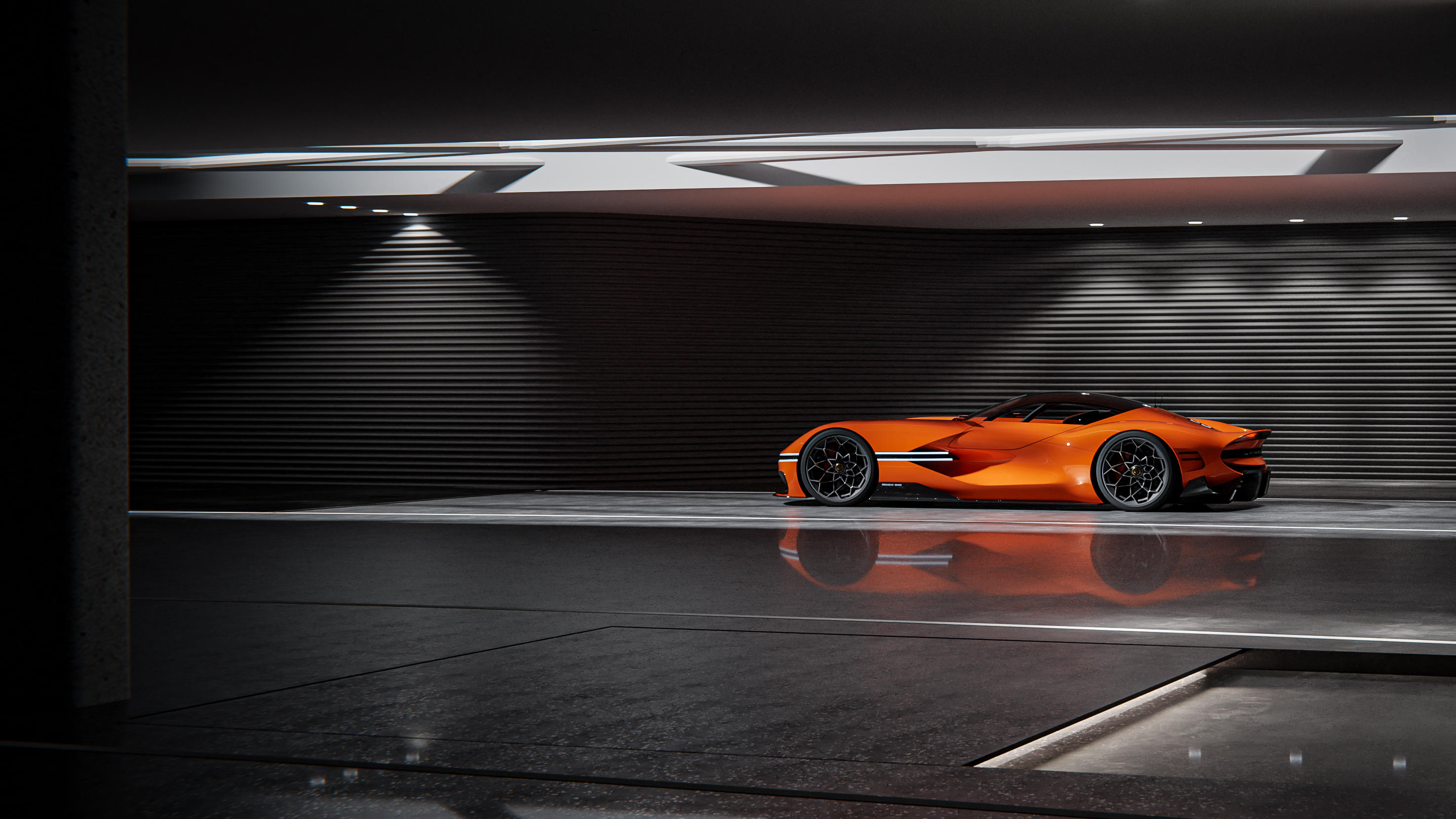 Genesis X Gran Berlinetta is Best Game Changer
Genesis X Gran Berlinetta is Best Game ChangerGenesis brings its A-game to the virtual realm with a concept car designed purely for use in Gran Turismo, picking up a Wallpaper* Design Award 2024 en route
-
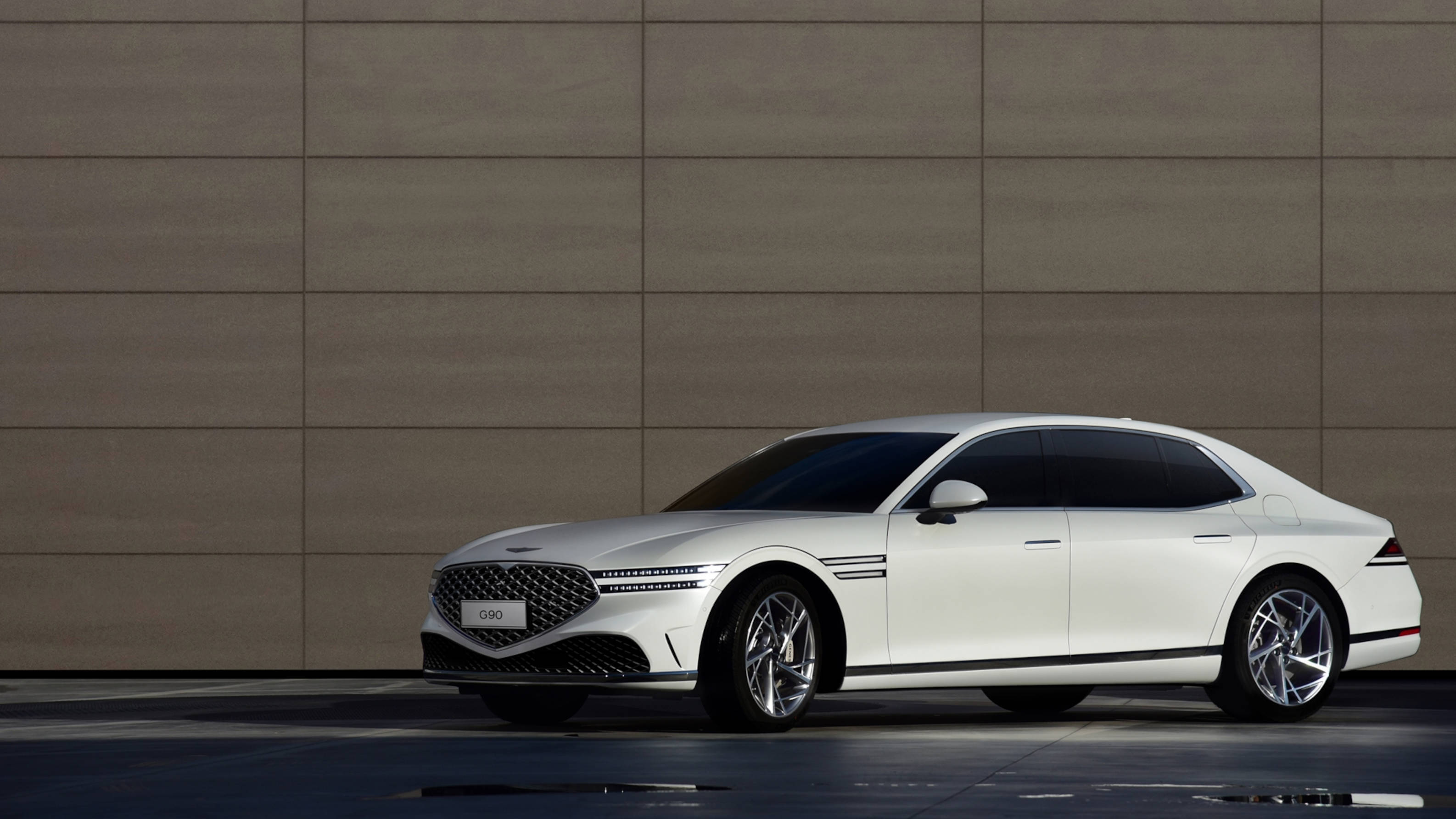 Is the new Genesis G90 a contender for the world’s best luxury car?
Is the new Genesis G90 a contender for the world’s best luxury car?The Korean carmaker pulls out all the stops for its flagship Genesis G90 saloon, with an extended-wheelbase model providing the ultimate in rear seat comfort
-
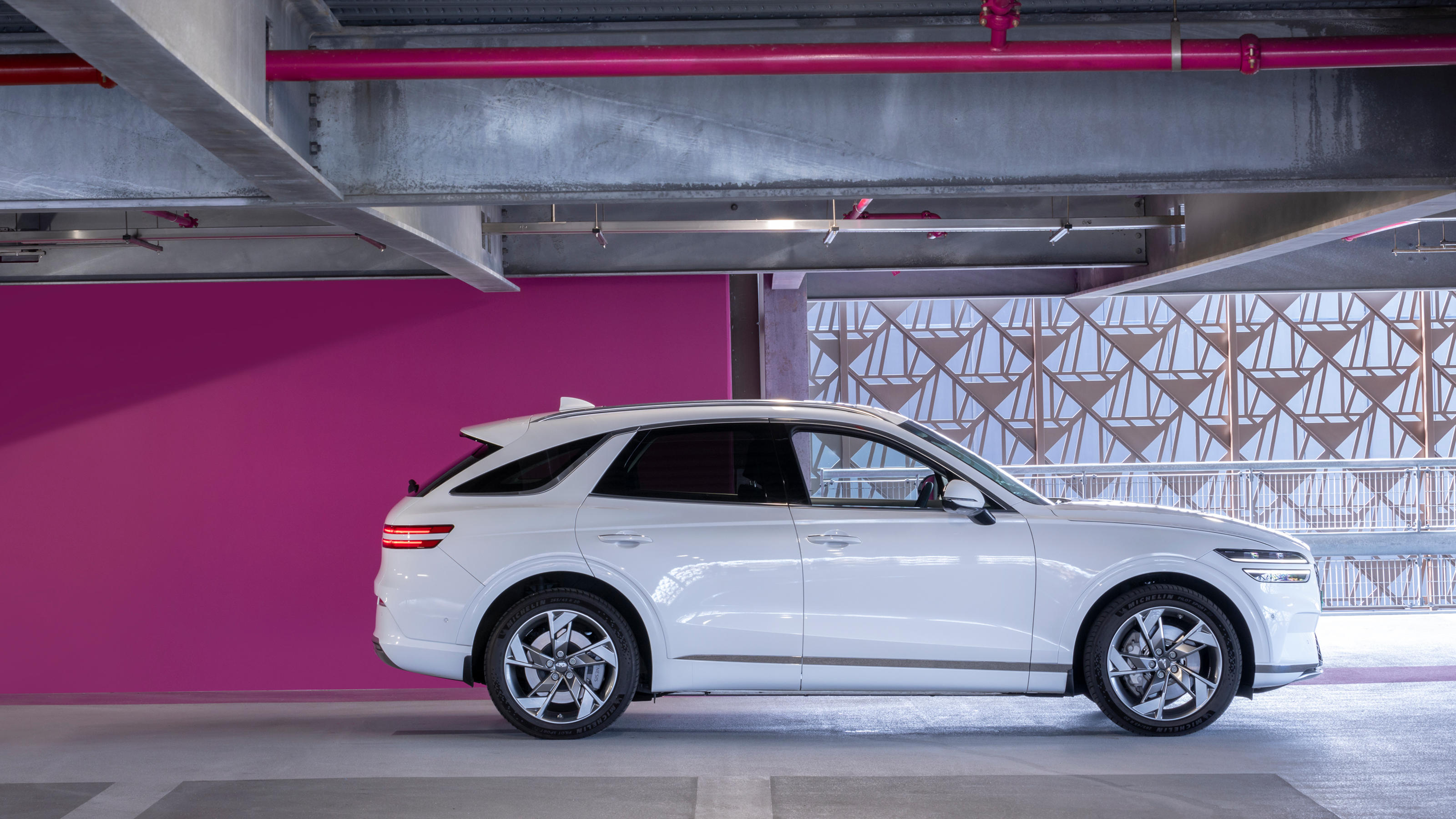 Genesis GV70 is an accomplished electric SUV that transcends its compromises
Genesis GV70 is an accomplished electric SUV that transcends its compromisesGenesis Electrified GV70, an all-electric SUV that rivals the class leaders, continues the brand’s quiet push into the established luxury arena